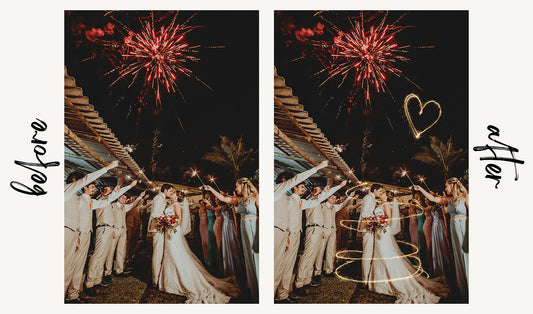Food photography focuses on capturing the appearance, texture, and often, the flavor of food. It is a challenging and rewarding field that requires a mix of technical skill, artistic vision, and attention to detail. Oh, and it might leave you feeling a bit hungry while doing it.

Getting Started With Food Photography
First, you will need a few essential pieces of equipment, including a camera with manual controls, a tripod, and a light source. A camera with manual controls will allow you to adjust the settings, such as aperture, shutter speed, and ISO, to get the right exposure for your photos. A tripod will help you keep your camera steady and prevent blurry photos.
When it comes to lenses, a lens with a wide aperture, such as f/1.4 or f/2.8, will allow you to create a shallow depth of field, which is often desirable in food photography. This means that only a small part of the image will be in focus, while the background will be blurred, which can draw attention to the food and make it look more appetizing. A lens with a focal length between 35mm and 50mm is often a good choice for food photography, as it provides a natural perspective that is similar to what the human eye sees.
Lighting
Next, you'll need to consider lighting. Natural light is often the best option for food photography, as it creates soft, even illumination that can make the food look fresh and appetizing. Try to shoot near a window or outside on an overcast day, as this will provide diffused light that is easy to work with. If you are shooting indoors, you can use a continuous light source, such as a softbox or a ring light, to evenly illuminate your subject. Avoid using flash, as it can create harsh shadows and washed-out colors.
Composition
Composition is also important in food photography. Experiment with different angles and perspectives to find the most visually appealing way to present your subject. A bird's eye view, where the camera is positioned directly above the food, is a classic approach that can create a striking image. You can also try shooting from a low angle to give the food a sense of grandeur. When composing your shot, consider the rule of thirds, which is a principle that suggests that an image is most pleasing when the subject is placed along one of the intersections of the grid that divides the frame into thirds.

When shooting, pay attention to the details that make your food look appetizing. Use a shallow depth of field to blur the background and draw attention to the food. Pay attention to the colors and textures of the food, and consider using props, such as a tablecloth or a plate, to add visual interest to the image. Placing the food on a white or light-colored plate can make it stand out, while a dark background can make the food pop.
Editing
Finally, editing is an important step in food photography. Use post-processing software, such as Photoshop or Lightroom, to enhance the colors, contrast, and sharpness of your photos. You can adjust the white balance to make the colors of the food look more natural, or use selective color adjustments to enhance the saturation of specific colors. Avoid over-editing, as this can make the food look artificial. If editing is at all daunting or too much of a time sink you could always use food presets for Lightroom to make editing a mostly one click and done job. With practice and experimentation, you can create beautiful and mouth-watering images of food.











1 comment
Very useful tips, I am using these techniques to tech my students